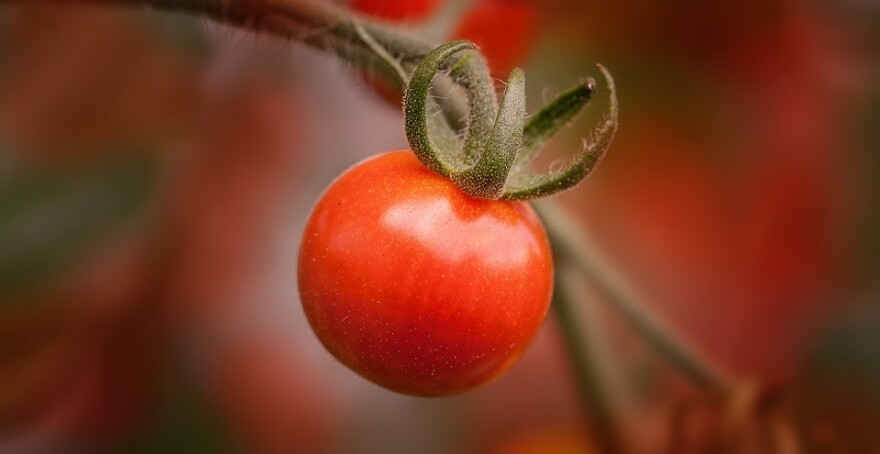What do we really mean when we say that we want to eat healthy? Ask anyone who’s moderately informed and they’ll likely mention one key practice: avoiding processed foods.
Greasy french fries, microwavable dinners, carbonated sodas and sweetened breakfast cereals are all processed foods. They aren’t healthy, because they aren’t nutritious. They have lots of fat and sugar, but few of the vitamins and other nutrients our bodies need to stay in top shape. But what about yogurt? That’s processed. Or flour. Is wheat healthier than flour because it is in a less processed state?
It feels important not to overgeneralize the definition of “processing” food. Broadly speaking, humans have been processing food for generations—by making jerky out of fresh venison, for instance, or performing tasks like blending cream and eggs together over heat, or combining rennet and salt with a bit of helpful bacteria to convert milk into a nice slice of Camembert.
It’s easy to overgeneralize, because we tend to be good at grossing ourselves out, but we shouldn’t vilify this huge category of food, which the U.S. Department of Agriculture defines as any food changed from its natural state. This could include washing to preserving, even packaging.
That means those raw baby carrots are processed. And your Ceasar salad mix. And the organic farro you had for breakfast, and that dandelion coconut herbal tea you are brewing is processed. This category includes not only cheese puffs and fast food hamburgers, but also white rice (which is mechanically processed and a staple food for more than half the world’s population).
Some foods became noticeably less healthy at the onset of agricultural industrialization in the late 19th century. Salt, fat, sugar and other preservatives became a commonplace addition in many foods sold en masse, both to keep them edible for longer, and to make them cheaper to sell.
But modern food processing includes a range of methods — canning, grain-husk removal, fermentation and freezing — that can actually preserve nutrients. Frozen produce can be more nutrient-dense than the same items sold fresh in the grocery store.
Another way to process food is to fortify it: Pregnant women benefit from added folate, which can help prevent neural tube defects. The vitamin D added to foods such as milk and tofu helps many of us during the winter months when sunshine is in short supply. Salt enhanced with iodine is often our primary source of this essential nutrient for our body to regulate metabolism.
If you are trying to eat healthier, there are a few rules of thumb that you can follow to get the most out of your processed and unprocessed foods, (if you can find any).
Food journalist and critic of the industrial food complex, Michael Pollan, has a lot to say on the subject. He advocates for what he calls real food, by which he means food that doesn’t have a long ingredient list, isn’t advertised on TV, and it doesn’t contain stuff like maltodextrin or sodium tripolyphosphate. Real foods, he says, are things that your great-grandmother (or someone’s great-grandmother) would recognize.
My great-grandmother would have been eating a lot of potatoes and beef, spending most of her adult life in a southwestern cattle town in Idaho. But she would recognize a good jar of pickled beets, omelettes, and tomato soup. And probably chocolate. I’m going to assume so. So now I know what’s for dinner.


